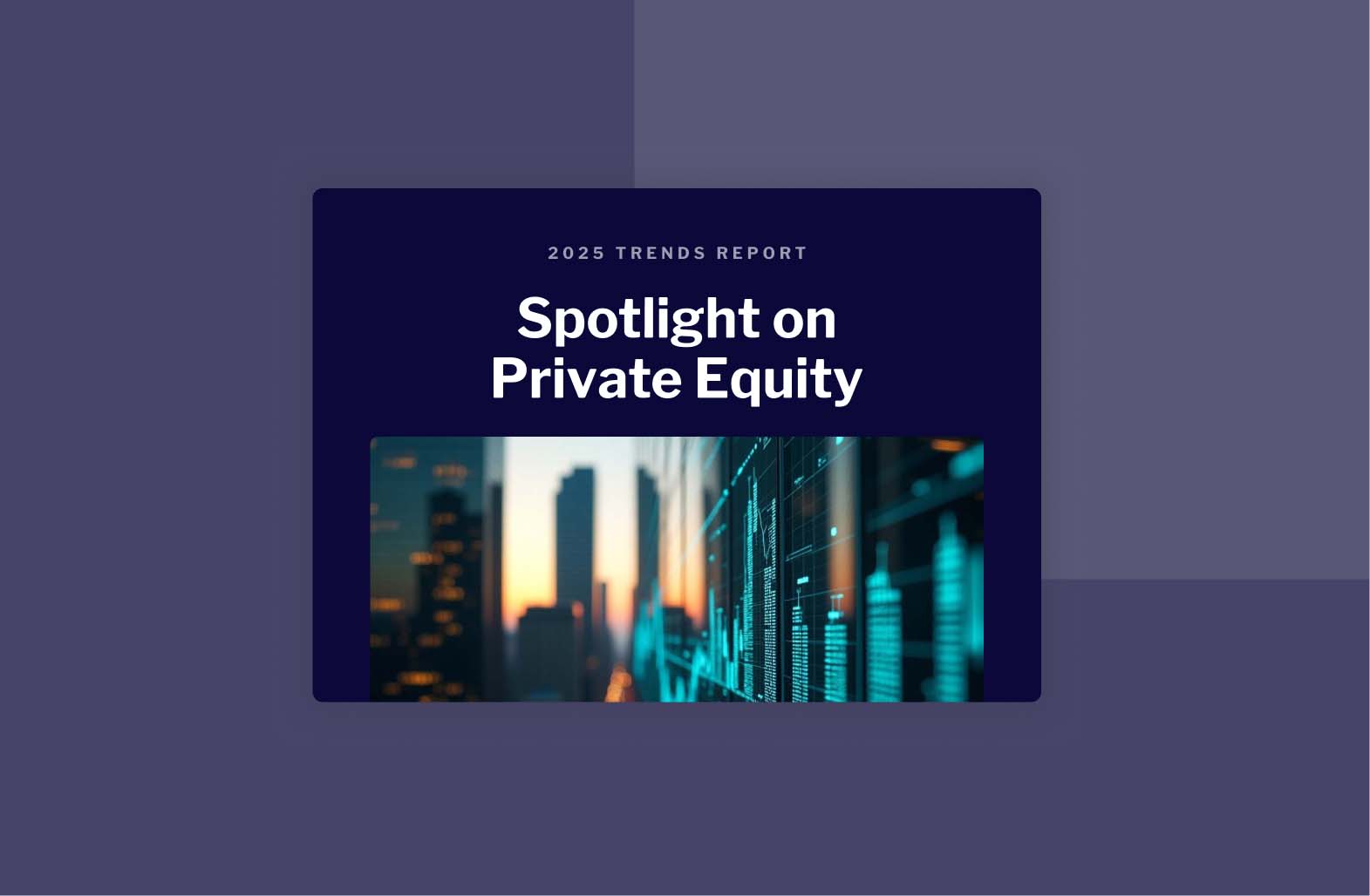The Big Trend in Workforce Planning? Flexibility.

The COVID-19 pandemic hasn’t just disrupted the way we work, it’s dramatically accelerated strategic workforce planning trends that were already happening. We already know about the impact of remote working on organizations that had to scramble to support employees new to working from home. And we’re starting to see how large organizations, in particular, respond to challenges in a volatile economic climate.
As business leaders plan for 2021, the big trend in workforce planning is flexibility. According to a recent McKinsey study, 71% of executives said they planned to rely more heavily on contingent workers in the next few years. McKinsey pegged this trend to uncertainty in the face of unprecedented global volatility.
“Uncertainty about how the pandemic will play out and when economies will regain momentum may be among the reasons for plans to increase the number of contractors they use. Another reason to make labor a variable cost through contracting may reflect cost pressures companies experience as they work to survive through the downturn.”
Leaders are Getting More Comfortable with Contingent Work
Joe Fuller, a professor at Harvard Business School leader of the school’s Managing the Future of Work Initiative, shared his perspective on a recent Catalant LiveCast.
“COVID has acted like a fast-forward button on the evolution of the workforce,” Fuller said. “A lot of the trends that were latent in the workforce, and the corporate approach to the workforce, have been accelerated. And the aggressiveness with which companies are pursuing change has gone up considerably.”
In particular, large organizations are likely to plan to meet the trough of workforce demand rather than the peak. Typically, organizations will staff according to their most ambitious goals and reduce employees if they miss financial milestones. Now, Fuller says, leaders are likely to staff to the minimum number of employees to meet their strategic plan while filling in the gaps by hiring contingent workers. This variable workforce becomes a crucial element of flexible planning.
One reason this trend is accelerating is the increased comfort level with remote work as a result of the pandemic. As people and teams increasingly work from home (or elsewhere), leaders and managers have grown accustomed to the feel of remote work. This makes it more likely that they’ll trust a remote contractor to provide value.
“They’re already used to dealing with remote teams, so dealing with a remote worker that doesn’t come to their office or badge in, or doesn’t sit in conference rooms with other workers, is much more comfortable for them,” says Fuller.
[Listen]
HBS professor Joe Fuller on how leaders are discovering the advantages of a remote workforce
A Strategic Planning Model for a Flexible Workforce
Effective workforce planning in the post-pandemic world will be a complex endeavor. While no two businesses are exactly alike, we expect to see some common best practices for balancing between full time employees and a network of independent contractors.
- Benchmarking Skills
Any good strategic plan starts with an assessment of the current state. When it comes to workforce planning, that means benchmarking the skills of permanent employees against what is required to successfully execute strategic initiatives. At most organizations, that will mean building an inventory of skills beyond what typical HR software can accommodate. - Leveraging Former Employees
Long term employees of the company who may have retired or started a consulting practice are often the best place to start when building a flexible workforce. That’s why companies like Microsoft, Deloitte, and Sodexo invest in building and maintaining alumni networks to keep long-term relationships strong. - Investing in Strategic Workforce Planning Tools
Most HRIS systems are built for workforce management, not workforce planning, so leaders will need to build or partner with vendors to help them meet their strategic goals. In some cases, workforce planning software can help. Catalant, for example, provides both an expert marketplace for finding elite independent consultants and a software platform for aligning a company’s strategic goals to the skills and people required to execute.
Featured eBook

Learn how Anheuser-Busch InBev, Highmark Health and Shell are leveraging a flexible workforce to accelerate strategy execution.
A flexible workforce enables leaders to tap into the skills and resources their organizations need to accomplish a goal at the right time, overcoming barriers like organizational silos, geographic distribution, and skills gaps. Learn how leading organizations are leveraging a flexible workforce to access, allocate, and reallocate the right people to mission-critical work.
Related Articles
Share Article












